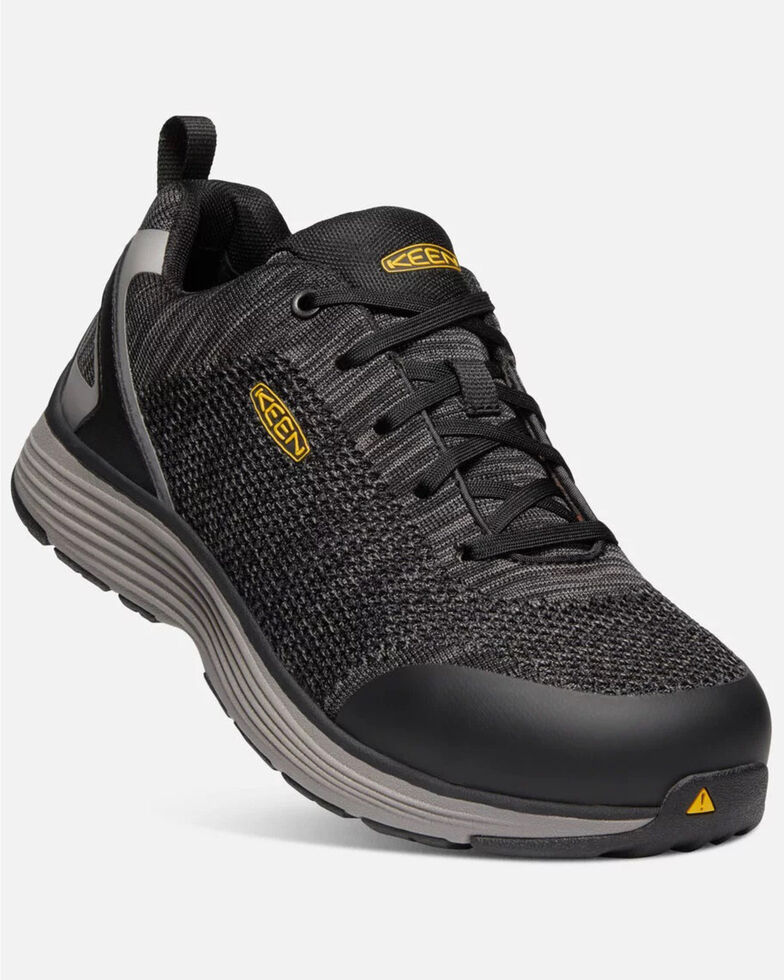5 Keen Steel Toe Tips

When it comes to protecting your feet on the job, few pieces of equipment are as crucial as a good pair of steel toe boots. These boots are designed to safeguard your toes from heavy objects, compression, and other workplace hazards, making them an essential part of many professionals’ personal protective equipment (PPE). However, the effectiveness of steel toe boots largely depends on how well they are selected, maintained, and used. Here are five keen tips to help you get the most out of your steel toe boots:
1. Proper Fit is Key
Ensuring your steel toe boots fit properly is the first step in maximizing their protective capabilities. Ill-fitting boots can lead to discomfort, reduce mobility, and even cause injuries due to tripping or slipping. When trying on steel toe boots, wear the same type of socks you plan to wear with them on the job. Your toes should have enough room to wiggle, but the boot should not be so loose that it causes blisters or hotspots. The boot’s lacing system should securely hold your foot in place without being overly tight. Remember, the protective toe cap is designed to fit snugly around your toes, so if the boot itself is too small or too large, the protection it offers might be compromised.
2. Understand the Safety Standards
Steel toe boots are designed to meet specific safety standards, which can vary by country and industry. The most common standards come from organizations like the American National Standards Institute (ANSI) and the American Society for Testing and Materials (ASTM). Understanding these standards and choosing boots that meet or exceed them is crucial for ensuring your feet are adequately protected. For example, the ANSI/ASTM standard for steel toe boots includes requirements for impact and compression resistance. Knowing what each rating means can help you select the right boots for your job’s specific hazards.
3. Maintenance Matters
Like any piece of protective equipment, steel toe boots require regular maintenance to ensure they continue to provide optimal protection. This includes cleaning the boots regularly to prevent the buildup of dirt and debris, which can compromise the materials and reduce the boots’ effectiveness. Additionally, inspect your boots before each use for any signs of wear or damage, such as cracks in the sole or tears in the fabric. Addressing these issues promptly can prevent more severe problems from developing. Some steel toe boots may also have parts that can be replaced, such as insoles or laces, which can extend the life of the boot.
4. Consider Additional Features
While the primary function of steel toe boots is to protect your feet, many modern designs offer additional features that can enhance comfort, durability, and overall performance. These might include waterproof membranes, breathable materials, slip-resistant soles, and electrical hazard protection. Depending on your work environment, some of these features might be essential. For instance, if you work in wet conditions, waterproof boots can prevent discomfort and reduce the risk of slipping. Similarly, if your job involves working with electrical systems, boots with electrical hazard protection can be a lifesaver.
5. Replacement Schedule
Finally, it’s essential to have a replacement schedule for your steel toe boots. The lifespan of these boots can vary widely depending on usage, conditions, and maintenance. Generally, steel toe boots should be replaced every 6 to 12 months, but this can be shorter if they are subjected to heavy use or harsh conditions. Keeping a replacement schedule can ensure that your boots do not deteriorate to the point where they no longer provide adequate protection. It’s also worth noting that some manufacturers may have specific guidelines for the lifespan of their products, so it’s a good idea to check the manufacturer’s recommendations.
Conclusion
Steel toe boots are a vital piece of safety equipment for many workers, offering protection against a variety of hazards. By selecting the right boots, understanding their safety ratings, maintaining them properly, considering additional features, and following a replacement schedule, you can ensure your feet remain safe and comfortable on the job. Whether you’re working in construction, manufacturing, or any other industry where foot protection is crucial, these tips can help you make the most out of your steel toe boots and reduce the risk of foot injuries.
What safety standards should I look for when selecting steel toe boots?
+When selecting steel toe boots, look for standards from reputable organizations such as ANSI and ASTM. These standards outline specific requirements for impact and compression resistance, among other safety features. Ensure the boots meet or exceed these standards to guarantee adequate foot protection.
How often should I replace my steel toe boots?
+The replacement schedule for steel toe boots can vary based on use and conditions. Generally, they should be replaced every 6 to 12 months. However, if the boots are subjected to heavy use or harsh conditions, they may need to be replaced more frequently. Always inspect your boots regularly for signs of wear and damage.
What features should I consider when buying steel toe boots for comfort and durability?
+When buying steel toe boots for comfort and durability, consider features such as waterproof membranes, breathable materials, and slip-resistant soles. These can enhance the overall performance of the boots and provide better protection and comfort during use.
Remember, the right pair of steel toe boots can make all the difference in protecting your feet and ensuring your safety on the job. By following these keen tips and staying informed about the best practices for selecting and maintaining your steel toe boots, you can work with confidence and peace of mind.



